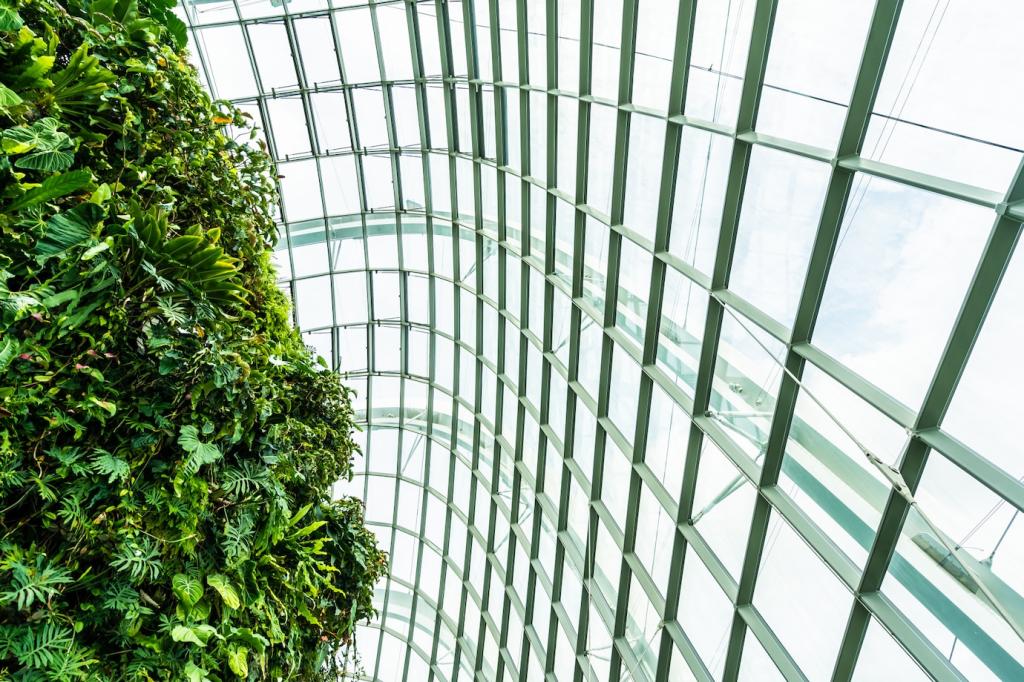
Green Technology Integration in Apartment Refurbishments
Integrating green technology into apartment refurbishments is transforming residential living by promoting sustainability, reducing environmental impact, and improving energy efficiency. By adopting eco-friendly innovations during renovation processes, property owners and residents experience not only an environmentally responsible lifestyle but also long-term cost savings and enhanced comfort. The commitment to sustainable refurbishment goes hand-in-hand with modern design sensibilities, ensuring that revitalized apartments meet both current demands for style and tomorrow’s imperatives for ecological stewardship.
The Foundations of Green Apartment Renovations
Eco-Friendly Materials Selection
The decision to source and use eco-friendly materials is a core component of green refurbishments. Sustainable materials, such as recycled steel, reclaimed wood, bamboo flooring, and low-VOC paints, contribute to healthier indoor air quality and reduce reliance on nonrenewable resources. These choices support circular economies, minimize landfill contributions, and set a benchmark for durability and lifecycle performance. Homeowners increasingly value these attributes, recognizing the long-term health benefits and the positive environmental impact created through judicious material selection in every aspect of apartment refurbishment.
Energy Efficiency Upgrades
Modern green refurbishments often begin with a focus on maximizing energy efficiency. Solutions range from high-performance insulation and triple-glazed windows to advanced heating, ventilation, and air conditioning systems. Retrofitting apartments with LED lighting, smart thermostats, and energy-efficient appliances can drastically reduce energy consumption. Such upgrades not only lower utility bills, benefiting tenants directly, but also decrease greenhouse gas emissions associated with residential buildings. An energy-efficient apartment stands as an investment in both financial savings and the planet’s future.
Water Conservation Practices
Effective green technology integration extends to every natural resource, with water conservation playing a prominent role. Installing low-flow fixtures, dual-flush toilets, and rainwater harvesting systems are common practices that significantly lower water usage. These solutions are designed to operate seamlessly within busy urban apartment settings, helping cut operational costs and conserve a vital resource. In regions facing drought or water scarcity, such technologies become indispensable, underscoring the broader environmental value of sustainable refurbishment.
Smart Technology in Sustainable Renovations
Automated Climate Control Systems
Sophisticated climate control technologies, such as smart thermostats and connected HVAC systems, are central to efficient apartment refurbishments. These solutions learn occupant behaviors, adjust settings across different zones, and respond to environmental changes automatically. By minimizing waste and maintaining optimal comfort with less energy, these systems play a pivotal role in green living. They also enable remote access and scheduling, giving residents full control via smartphones or voice commands, thus aligning personal comfort with environmental responsibility.
Smart Lighting Solutions
The integration of smart lighting systems in apartment renovations can dramatically cut energy usage while improving ambiance and safety. These lights can sense occupancy, adapt to natural daylight levels, and be programmed for different moods or tasks throughout the day. Over time, the data collected by these systems enables further optimization, ensuring apartment spaces are both attractive and efficient. By providing features such as remote control and automation, smart lighting encourages a seamless blend of convenience and conservation in modern living spaces.
Building-Wide Energy Management Platforms
Advanced energy management platforms give building managers and residents the tools to monitor and optimize energy use across the entire apartment complex. These platforms gather data from individual units and communal areas, highlighting inefficiencies and suggesting real-time solutions. Through centralized dashboards, they foster collaboration among occupants and make it easier to develop community-wide sustainability initiatives. The result is a smarter, more transparent approach to resource management that supports ongoing improvement in energy conservation.
Enhancing Indoor Environmental Quality
State-of-the-art ventilation systems are pivotal in maintaining high indoor air quality, critical for health and wellbeing. These systems exchange stale indoor air for fresh filtered air, efficiently removing pollutants, allergens, and excess moisture. The latest models come with energy recovery features that minimize heat loss during air exchange, maintaining comfort while lowering heating and cooling costs. Such improvements are particularly significant in densely populated apartment buildings, where health risks associated with poor air quality are magnified.
Incorporating architectural features and technologies that enhance natural daylight within apartments is a key hallmark of green refurbishments. Larger windows, skylights, light wells, and strategically placed reflective surfaces allow sunlight to penetrate deeper into interiors, reducing reliance on artificial lighting. The psychological and physiological benefits of ample daylight—from boosting mood to supporting circadian rhythms—are well-documented, making this an essential consideration for any sustainable apartment project.
Urban living often exposes residents to a barrage of noise, affecting comfort and tranquility. Green refurbishments address this challenge with innovative soundproofing solutions, such as double-glazed windows, insulated walls, and acoustically absorbent materials. These upgrades not only block external noise, but also promote privacy within multi-family dwellings. The result is a quieter, more serene home environment that supports relaxation and concentration, illustrating how green technology can holistically improve quality of life.
